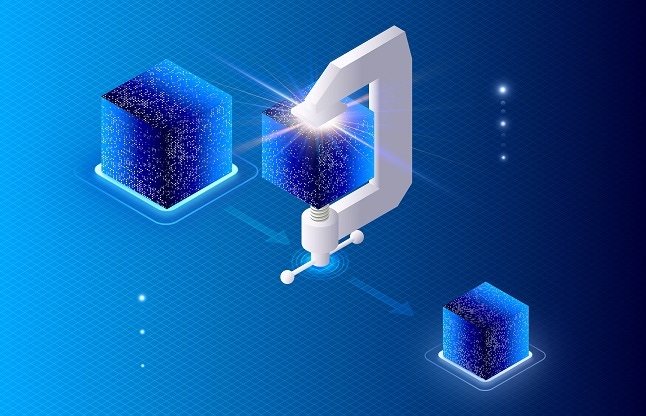Understanding the Benefits of Computational Storage
Computational storage is poised to bring high-performance compute to traditional storage devices. Here’s how your organization may benefit from this technology.

Computational storage is an innovative technology that combines processor and storage functions within a single device. “It’s a storage subsystem that includes a number of CPUs located on the storage media or their controllers,” says Johan Alexander, CEO of app development firm APKCima.
“Think of it as a mini server built into the drive,” says Cindy LaChapelle, a consultant with technology research and advisory firm ISG. “The ability of computational storage to move data handling, scanning, and data processing closer to the data source via direct integration of processing capability into the storage device significantly reduces network traffic and power usage, lowers latency and improves scalable performance,” she explains.
The Storage Networking Industry Association (SNIA) defines computational storage as “architectures that provide computational storage functions (CSFs) coupled to storage, offloading host processing or reducing data movement.” The advantage of computational storage over traditional storage, LaChapelle notes, is that it pushes the computational requirement to handle data queries and processing closer to the data, thereby reducing network traffic and offloading work from compute CPUs.
There are two general categories of computational storage: fixed computational storage services (FCSS); and programmable computational storage services (PCSS). “FCSS are optimized for specific, computationally intensive tasks such as inline compression of encryption at the drive,” LaChapelle says. “PCSS can host an operating system, typically Linux-based, and are dynamically programmable by the end user.”
There are several different approaches to computational storage, such as the integration of processing power into individual drives (in-situ processing), and accelerators that sit on the storage bus at the storage controller, not in the drives themselves. “Most computational storage solutions leverage NMV-Express SSDs as the base storage technology,” LaChapelle says.
Initial Computational Storage Adopters
Most early computational storage adopters are organizations that deal with massive amounts of data, yet also require high-performance computing. Such organizations include cloud service providers, data center operators, and artificial intelligence developers, Alexander notes. “The companies or industries who have adopted this technology [include] Tesla, Google, Facebook, and Yahoo Mail.”
Hyperscalers such as Alibaba and AWS have also embraced computational storage, LaChapelle says. She observes that mainstream storage vendors are also jumping on the bandwagon, adopting fundamental computational storage concepts, such as in-line compression and encryption performed at the storage device or controller level. “As the technology evolves, it will ultimately lead to applications being able to support computational storage out-of-the box,” LaChapelle predicts, adding that “the technology is not there yet.”
Computational Storage Use Cases
Industry observers forecast multiple computational storage use cases in areas including data analytics, video processing, edge computing, and Internet of Things (IoT) applications. “Computational storage effectively moves computation closer to end users and can improve content encryption, management, and access control,” LaChapelle says.
While computational storage shows great promise, it’s important to remember that the development is still at an early stage. In late 2022, SNIA released new hardware and software architectural standards, as well as a preliminary standard for the API interface needed to access computational storage devices. “As these standards evolve and key innovators adopt them as part of their future cycle development, the technology will begin to mature,” LaChapelle says.
As with any new technology, an agreed-upon and well understood threat model and security requirements will need to be established before mass adoption can take place. LaChapelle also warns that existing applications may require considerable modification to integrate with computational storage technology, posing a potentially significant barrier to widespread adoption. Adopters will also need to find team members with computational storage knowledge and skills.
Future Outlook
Although its future looks bright, computational storage remains, at least for the moment, more of a concept than a mainstream technology. LaChapelle believes that the ever-increasing amounts of data associated with edge computing, IoT and big data, along with a growing demand for deeper data analytics capabilities, will soon drive the technology closer to mainstream adoption. “Continued pressure to scale out, while also reducing power usage and controlling the data center footprint, are also key drivers that will trigger larger adoption,” she predicts.
Alexander agrees that computational storage’s future looks “very encouraging,” with adoption, technology advancements, standardization, and new applications arriving rapidly. He predicts that the technology “will play a vital role in fulfilling the ever-growing demands of data-intensive applications and enabling speedy, more efficient data processing and analysis.”
What to Read Next:
Beyond Hype: How Quantum Computing Will Change Enterprise IT
4 Green IT Businesses Working to Reduce Computing’s Impact on the Environment
How Do Supercomputers Fit With Strategies for Sustainability?
About the Author(s)
You May Also Like







